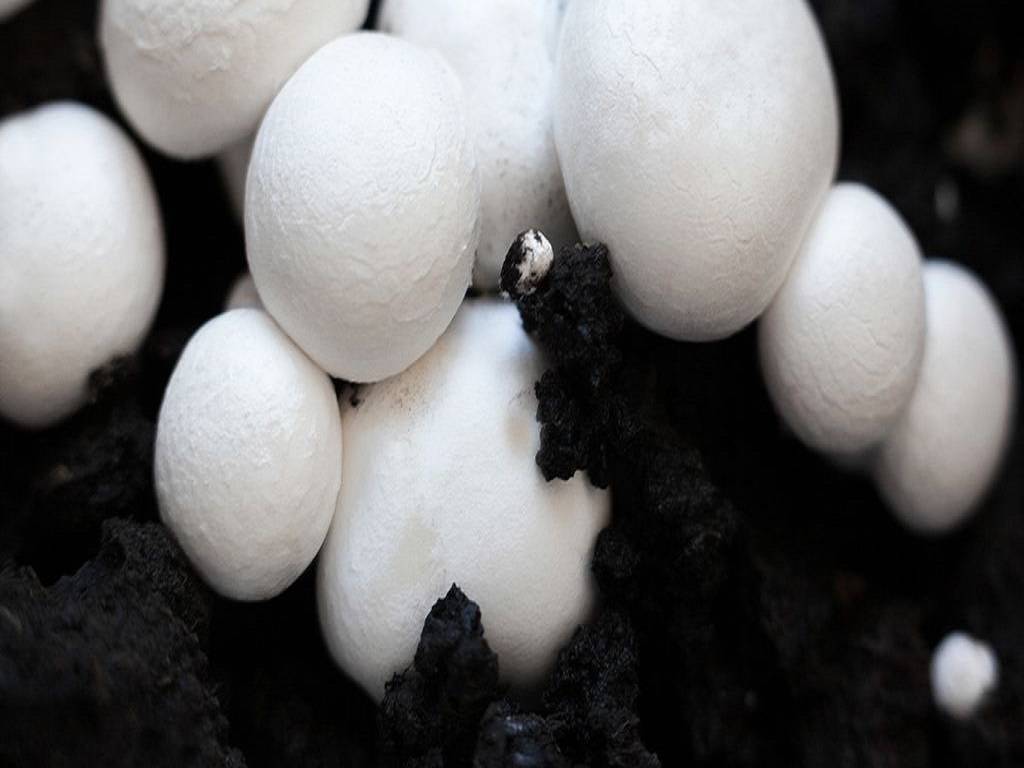
A mushroom is not only a fungus but is the fruiting body of some fungi which produce and disseminate spores. They grow saprophytically or sometimes symbiotically upon other dead or living plants respectively to obtain organic matter as food. Mushrooms are variable in shape and size. There are a large number of wild, highly poisonous, and edible mushrooms across the world. One big advantage of mushroom cultivation is that they require very little land.
Mushrooms are also affected by various diseases caused by fungal, viral, and bacterial agents. For the successful cultivation of mushrooms, good quality of spawn is required but some fungal and bacterial agents infect mushroom spawn and decrease the spawn quality. Among the fungal agents, Aspergillus flavus, Aspergillus niger, and Trichoderma harzianum are major spawn infecting pathogens.
Wheat grain spawn was best for the production of good quality spawn and took fewer days for the complete establishment of grain. There was a consequent reduction in the weight of grain spawn after the colonization of mushroom mycelium and the highest reduction was found in sorghum grain, followed by maize, wheat and bajra.
The major diseases can be classified as:
1.Fungal diseases
Wet Bubble
It is caused by the fungus Mycogone and the disease results in large undifferentiated irregular malformed masses of tissue on which amber-coloured droplets can be seen. It produces two types of spores: a small, fragile, short-lived spore and a larger one. Tougher, long-lived chlamydospores the tough spores can survive in soil, and the primary source of the disease can be infected at a time of casing soil. This type of disease can destroy the whole crop.
Management
-
Remove all infected mushrooms and never spray water before their removal. Also, removed infected mushrooms should be dipped into a solution of copper sulphate or formalin and disposed of far away, and placed in a pit.
-
After casing the mushroom, always spray formalin (0.8%) immediately or spray benomyl (0.1%) and carbendazim (0.1%) for better growth of the mushroom.
2. Bacterial diseases
Bacterial Blotch
This disease is also known as bacterial spot disease, and it is caused by the bacteria Pseudomonas tolassi, which produces brown sunken scratches on the cap of the fruit, which may reduce the quality of the mushroom.
Management
The best way to control this bacterial blotch is to manage the proper humidity and water the beds in the mushroom houses. Lowering the humidity (85%) and temperature by more than 20 degrees Celsius aids in the investigation of disease spread. After watering, ventilation and air circulation also help in the quick drying of mushrooms. Application of bleaching powder at 0.15% is effective in controlling this disease and also spraying of oxytetracycline at 300 ppm or streptomycin at 200 ppm is recommended.
3. Viral diseases
Die Back
This is the most common viral disease where mycelium does not permeate the casing layer or disappears after the normal spread. Mushrooms appear only in mature, dense clusters and open too early.
Management
If this disease appears, it is necessary to cook out of the compost for 12 hours at 70°C after the termination of the crop, and it is also necessary to disinfect doors, racks, shutters, floors, and walls with 2% of formalin. Use proper filters during phase II operation of the composting, and after spawning spray malathion @ 0.05% immediately to control these diseases. Regular spraying of formalin and proper hygiene can help in controlling the spread of diseases.











